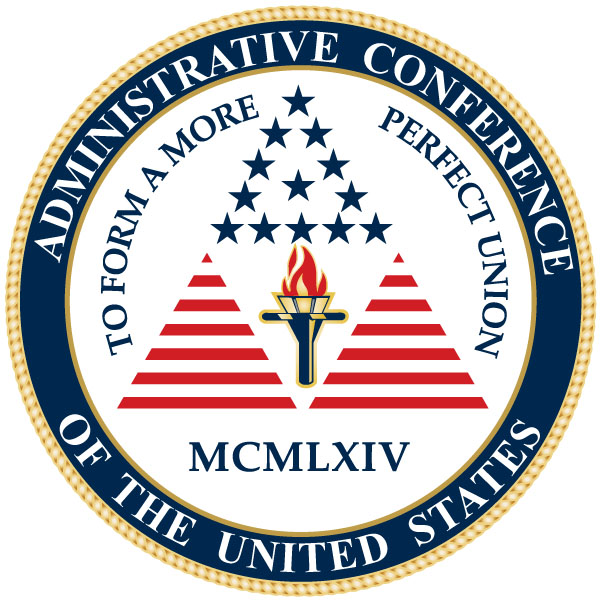Deborah R. Hensler · February 2011
79 GEO. WASH. L. REV. 306 (2011)
For many years after Rule 23 was adopted, the United States was not only the center of class action litigation, it was virtually the only jurisdiction that permitted class actions. Nor were large-scale aggregated proceedings common elsewhere. Since then, there has been a remarkable change. Ironically, as obstacles to bringing and prevailing in class actions have been put in place in the United States, courts around the world have opened their doors to class actions and group litigation.
In most other countries with new class action regimes, there has been relatively little use of the procedure to date. There are a variety of reasons for that, but one key factor is that, in most jurisdictions, the class action procedure has been dropped into a legal financing regime that prohibits or limits conditional or contingent fee arrangements, provides no mechanism for cost sharing among members of an opt-out class, and requires fee shifting—with the result that, in some instances, a class representative must post a security bond against adverse costs and is at risk for paying those costs. There is reason to think that this will change, however. Experience suggests that class action procedures adopted solely for certain types of cases are extended later to other case types. In some jurisdictions, the advent of class actions and group proceedings is contributing to changes in fee regimes: for example, the demise of restrictions on contingency fees and the introduction of one-way fee shifting. In other words, putting class action procedures on the books can exert pressure to remove or loosen the obstacles to using them.

